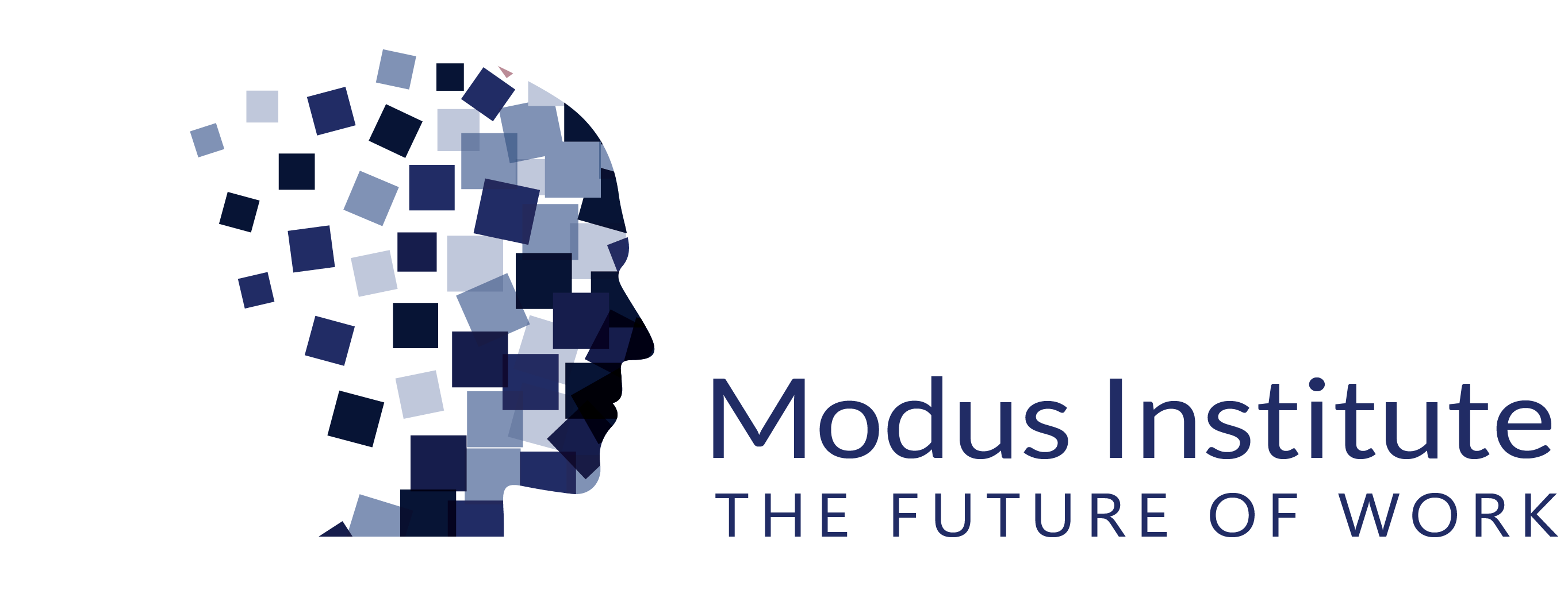Certification / Accreditation is the recognition that you have learned and mastered the visual management content to a level where you can apply it. The certification level is designed for the practitioner: studied, applied, and capable. The accreditation level is designed for the professional: learned, invested, and with expertise.
The main difference between the two is your time investment.
If four months of intensive work doesn’t fit your schedule you can alternatively take our regular courses self-paced and get a certificate of completion with the Modus Institute Platinum Subscription.
Flexibility is at the core of the choice between certifications and accreditations. The Lean Agile Visual Management certification can be completed in as little as four months, but you can take as long as you need. In contrast, the accreditation is highly collaborative and deadline-driven: you focus on your work and participate in regular discussions with a cohort of 12 to 18 other professionals.
The main difference between the two is your time investment.
If four months of intensive work doesn’t fit your schedule you can alternatively take our regular courses self-paced and get a certificate of completion with the Modus Institute Platinum Subscription.
Flexibility is at the core of the choice between certifications and accreditations. The Lean Agile Visual Management certification can be completed in as little as four months, but you can take as long as you need. In contrast, the accreditation is highly collaborative and deadline-driven: you focus on your work and participate in regular discussions with a cohort of 12 to 18 other professionals.

